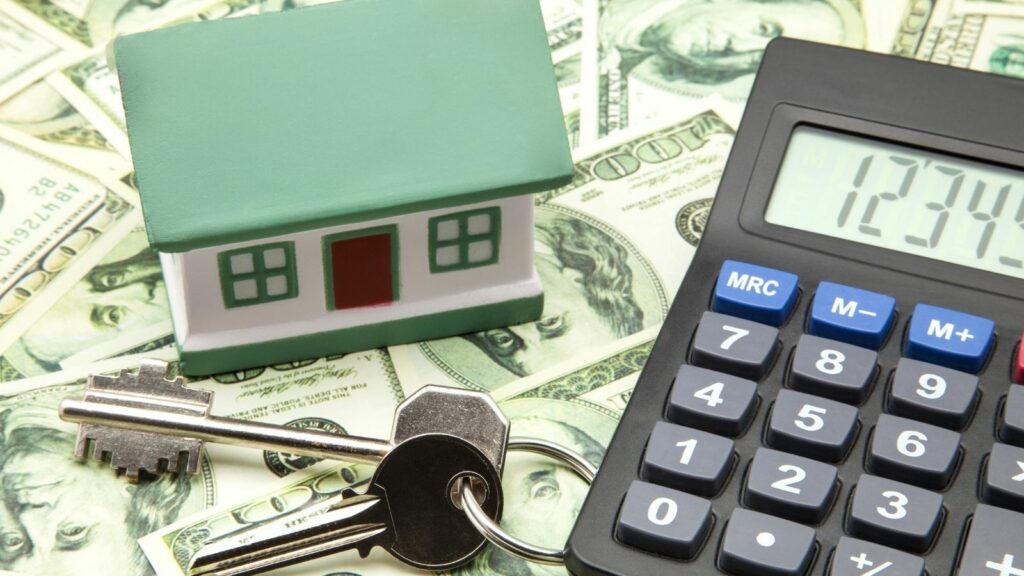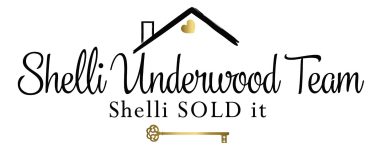Embarking on the journey of buying a home is an exciting milestone filled with anticipation and dreams of the future. It’s a path that leads to a place where memories will be made and lives will unfold. However, this adventure also involves a series of financial considerations that go beyond the price tag of the property. Understanding the full spectrum of expenses associated with securing the keys to your new abode is crucial for a smooth transition into homeownership. From initial deposits to the final steps before you cross the threshold, being well-informed about the financial commitments will ensure that you are fully prepared for this significant life event.

Introduction: The Financial Foundations of Homeownership
The journey to homeownership is a significant financial commitment that involves more than just the purchase price of your new home. It’s a process that requires your careful planning and understanding of all the costs involved. This initial stage is crucial as it sets the tone for your financial stability and the enjoyment of your property in the years to come. By taking control of your financial journey, you are setting yourself up for a successful homeownership experience.
As you step into the realm of homeownership, it’s important to be aware of the upfront costs that will pave the way to acquiring your keys. From earnest money deposits that demonstrate your serious interest to the down payments that contribute to your home’s equity from the outset. Closing costs, which are often not immediately apparent, represent the final hurdle before ownership is transferred while moving expenses and utility deposits signify the start of your new life in your new home. Equipping your space with necessities and establishing a fund for unforeseen repairs and emergencies are the finishing touches that turn a house into a home.
The financial journey begins with an earnest money deposit, a sign of good faith to the seller that you are committed to the purchase. This deposit can vary widely depending on the market conditions and the price of the home. Next is the down payment, which is typically a percentage of the home’s total cost and can influence your mortgage rates and monthly payments.
Closing costs encompass a variety of fees, including loan origination, home inspection, and title search fees, which can add up to a substantial amount. It’s essential to budget for these to avoid any surprises at the end of the buying process.
Once the home is yours, moving expenses come into play. Hiring movers, renting trucks, and purchasing packing supplies can all impact your budget. Additionally, setting up utilities often requires deposits and installation fees.
Finally, it’s wise to set aside funds for immediate household needs, such as window coverings, lighting fixtures, and any appliances or fittings not included in the sale. A repair fund for maintenance issues and an emergency fund for unexpected life events will help safeguard your investment and ensure peace of mind.
By understanding and preparing for these financial aspects, you’ll be well on your way to a successful and stress-free homeownership experience.
Initial Financial Commitments: The Gateway to Homeownership
The first steps towards owning a home involve some of the most significant financial commitments you’ll make in the process. These initial investments, which are paid cash-out-of-pocket, are crucial as they not only secure your intent to purchase but also lay the groundwork for your future financial obligations as a homeowner.
Earnest Money Deposit: The Good Faith Gesture An earnest money deposit is a sign of your serious commitment to the home purchase. It’s a deposit made to the seller, typically held in an escrow account, which will be applied to your down payment or closing costs upon finalizing the sale. The amount varies, but it’s usually 1% to 3% of the purchase price. It’s important to understand that this deposit can be forfeited if you back out of the deal without a valid reason, as outlined in the purchase agreement.
Down Payment: Your Stake in the Future Home The down payment is perhaps the most well-known of the upfront costs associated with buying a home. It’s a percentage of the home’s total cost that you pay upfront, and it directly affects your mortgage. The larger the down payment, the less you’ll need to borrow, which can result in lower monthly payments and less interest paid over the life of the loan. While 20% is often cited as the standard, there are various loan programs that allow for lower down payments.
These initial financial commitments are more than just transactions; they’re the first tangible steps toward making your dream home a reality. By understanding and planning for these costs, you’re setting yourself up for a successful and secure homeownership experience. In the next section, we’ll delve into the closing costs and other fees that come into play as you approach the final stages of the home-buying process.
Closing Costs: The Comprehensive Ledger
When the dream of homeownership is within reach, the term “closing costs” becomes a significant part of your vocabulary. These are the fees and expenses, usually between 2-5% of the cost of the home, you pay to finalize the mortgage and take ownership of your new home. A comprehensive understanding of these costs will prepare you for a smooth closing day.
Application Fee: This covers the cost of processing your loan application and credit check, ensuring lenders have all the necessary information to approve your mortgage.
Credit Check: A detailed report of your credit history that lenders use to determine your creditworthiness and interest rates.
Loan Processing: The administrative costs associated with underwriting and funding your loan.
Title Check and Transfer: Fees for researching the property’s legal ownership and transferring the title to your name.
Escrow Fees: Charged by the escrow company for holding and managing the funds during the transaction.
Attorney Fees: Some states require an attorney to be present during the closing process, incurring legal fees.
Clerical Fees and Couriers: Costs for the paperwork and delivery services involved in the transaction.
Appraisal: A professional assessment of the property’s value to ensure the loan amount is appropriate.
Inspection: A thorough examination of the property’s condition, identifying any potential issues or necessary repairs.
Property Taxes: Prorated taxes that may need to be settled at closing.
HOA Fees: If the property is part of a homeowners association, there may be fees due upon closing.
Homeowners Insurance: Protects your property against damage and may be required by the lender before closing.
Fire and Flood Insurance: Additional insurance that may be necessary depending on the location and risk factors of the property.
Pre-paid Points: Also known as discount points, these are optional fees paid upfront to lower the interest rate on your mortgage.
Other Potential Fees: Depending on the specifics of your transaction, there may be additional fees such as survey costs, pest inspection fees, and mortgage insurance premiums.
Closing costs can be a complex array of fees, but by familiarizing yourself with each potential expense, you can budget accordingly and avoid any surprises. Remember, some of these costs can be negotiated with the seller or the lender, potentially saving you money. As you prepare to cross the threshold into homeownership, this detailed ledger of closing costs will ensure you’re financially ready for the keys to be handed over.
Post-Purchase Expenses: Beyond the Closing Table
After the keys to your new home are in hand, the financial journey continues with post-purchase expenses. These are the costs associated with moving into and settling down in your new home, which can add up quickly if not anticipated and budgeted for.
Moving Expenses: The Cost of Transitioning Moving to a new home is both an exciting and costly endeavor. Expenses can include hiring professional movers, renting a moving truck, purchasing packing supplies, and potentially storing items temporarily. The distance of your move and the volume of belongings will influence the total cost. It’s wise to get multiple quotes and consider the timing of your move, as rates can vary based on the season and demand.
Utility Deposits: The Essentials of Settling In Setting up utilities in your new home often requires deposits and connection fees. These can include electricity, water, gas, internet, and cable services. Some providers may waive the deposit if you have a good credit history or an existing account in good standing. It’s important to contact service providers well in advance of your move to schedule installations and understand the costs involved.
Household Needs: Outfitting Your Space Once you’ve moved in, you’ll need to consider the cost of making your house a home. This includes window coverings, lighting fixtures, and any appliances or fittings not included in the sale. While some items can be purchased over time, others may be essential from day one. Budgeting for these household needs ensures you can comfortably live in and enjoy your new space immediately.
Planning for these post-purchase expenses is crucial for a seamless transition into homeownership. By accounting for these costs upfront, you can avoid financial strain and focus on the excitement of making your new house a home. In the next section, we’ll discuss the importance of financial safety nets, such as repair and emergency funds, to protect your investment and provide peace of mind.
Financial Safety Nets: Securing Your Homeownership
The excitement of moving into a new home is unparalleled, but it’s important to prepare for the unexpected. Establishing financial safety nets is a crucial step in ensuring that your homeownership experience remains positive, even when faced with unforeseen challenges.
Repair Fund: Preparing for Home Maintenance Owning a home means taking on the responsibility of maintenance and repairs, which can arise at any time. Setting aside a repair fund is a proactive measure to cover the costs of fixing a leaky roof, servicing a furnace, or addressing any other maintenance issues that may crop up. A good rule of thumb is to save 1% of your home’s purchase price annually for repairs.
Emergency Fund: The Buffer for Unforeseen Events Life is full of surprises, and some of them can be costly. An emergency fund is your financial buffer that helps you handle unexpected events such as job loss, medical emergencies, or major home repairs without derailing your finances. Financial experts often recommend having three to six months’ worth of living expenses saved in an easily accessible account.
Avoiding the Pitfall of Being House Poor One of the risks of homeownership is overextending financially to the point where you’re “house poor” – owning a home but having little to no money left over each month after mortgage and other living expenses. To avoid this, it’s essential to purchase a home well within your means and maintain a budget that allows for savings and discretionary spending.
Buyer’s Remorse: Making Informed Choices to Prevent Regret Buyer’s remorse can occur when you rush into a purchase without fully considering the long-term implications. To prevent this, take the time to thoroughly research and reflect on your decision, ensuring that the home you choose fits both your needs and your budget.
By establishing these financial safety nets, you’ll be better equipped to enjoy the rewards of homeownership while being prepared for any financial hurdles that may come your way. In the next section, we’ll explore additional considerations that are important for prospective homeowners to keep in mind.
Home Improvement and Renovation: Unlocking Potential in Your Property
Purchasing a fixer-upper can be a gateway to homeownership that allows buyers to enter the market at a lower price point. However, it also comes with the need for home improvement and renovation to transform the property into your dream home. Here’s how to approach this process:
Assessing the Scope of Renovation Before diving into renovations, it’s crucial to have a clear understanding of the property’s condition and the extent of work required. Hiring a professional inspector can help identify structural issues, electrical problems, or plumbing concerns that need addressing. This assessment will guide your renovation plans and budget.
Setting a Realistic Budget Renovations can be costly, and expenses often exceed initial estimates. Set a realistic budget that includes a contingency fund for unexpected costs. Prioritize projects that will increase the home’s value and livability.
DIY vs. Professional Help Consider which projects you can tackle yourself and which require professional expertise. While DIY can save money, some tasks, like electrical work or structural changes, should be left to the professionals to ensure safety and compliance with building codes.
Focusing on Value-Adding Improvements Some renovations offer a better return on investment than others. Updating kitchens and bathrooms, improving energy efficiency, and adding usable square footage are examples of projects that can significantly increase your home’s value.
Living Through Renovations If you plan to live in the home while renovating, prepare for disruptions and dust. Create a livable space and schedule work in phases to minimize the impact on your daily life.
Permits and Regulations Ensure that all renovation work is permitted and meets local building codes. This will prevent legal issues and is essential if you plan to sell the home in the future.
By carefully planning and executing home improvements and renovations, you can unlock the potential of a fixer-upper, making it a smart investment and a comfortable home for years to come. In the next section, we’ll explore additional topics that add value to your homeownership experience.
Conclusion: The Key to Your New Beginning
As we conclude our exploration of the financial landscape of homeownership, remember that each dollar spent is an investment in your future. The earnest money deposit signifies your commitment, the down payment secures your stake, and closing costs pave the way to ownership. Moving expenses and utility deposits mark the beginning of your life in your new home while outfitting it with essentials turns a house into a haven.
But beyond the financial transactions lies a deeper truth: homeownership is about creating a space where memories are woven, laughter echoes, and dreams find their canvas. It’s about the morning sun streaming through the window coverings you carefully chose, the warmth of a well-lit room, and the aroma of a home-cooked meal in your new kitchen. It’s the joy of watching your children grow, the quiet moments on the porch, and the pride of tending to your garden.
So, as you step across the threshold, embrace the journey. Be financially prudent, but also savor the intangible riches that await—the symphony of life that will play out within these walls. And when the time comes to pass the keys to the next generation, may they inherit not just a house, but a legacy of love, laughter, and the echoes of countless stories.
When you’re ready to start shopping for your dream home, reach out to me. As your real estate agent, I will guide you through the process and help you prepare for the investment you’ll be making in your future.

